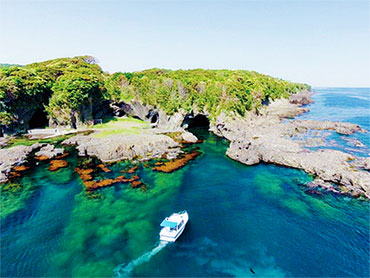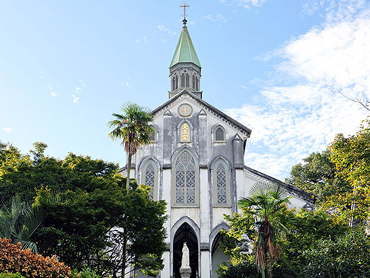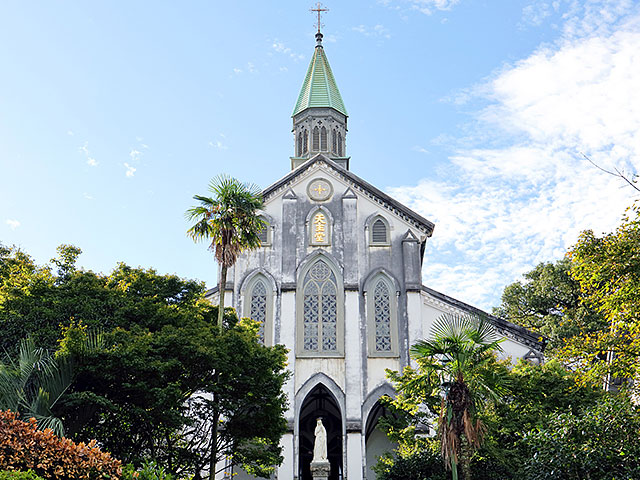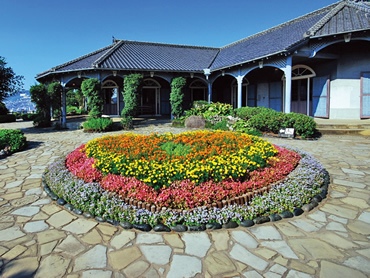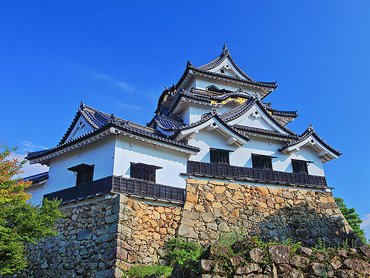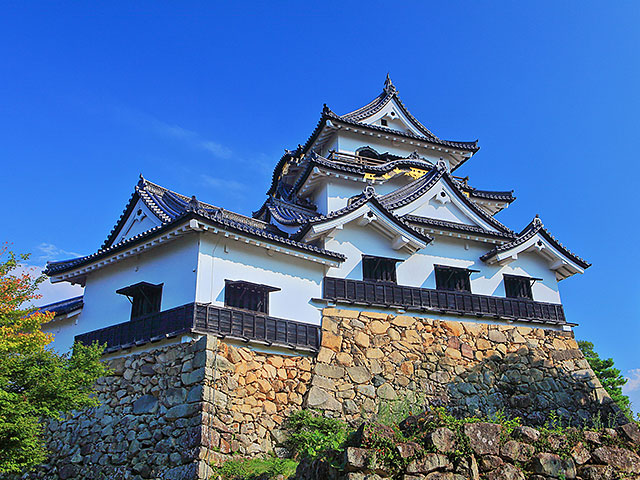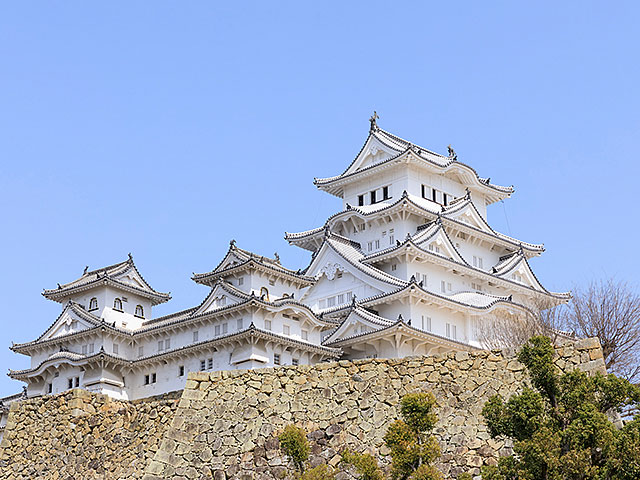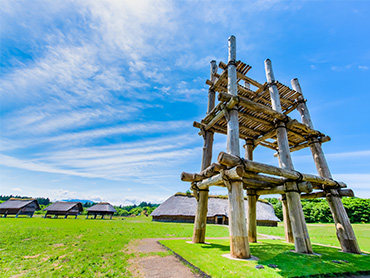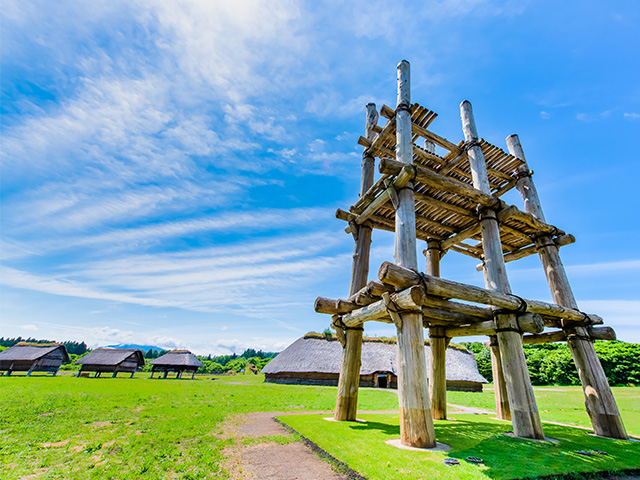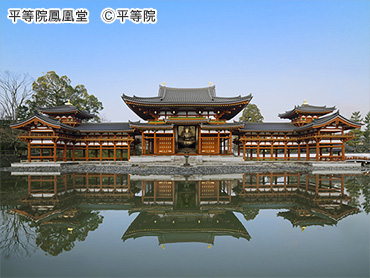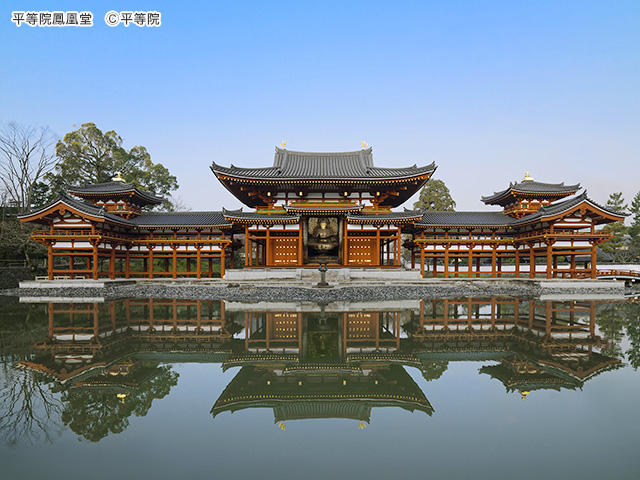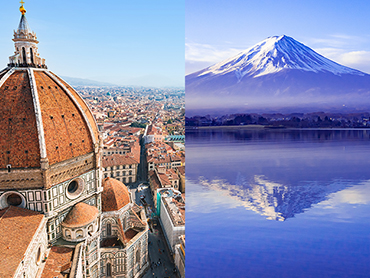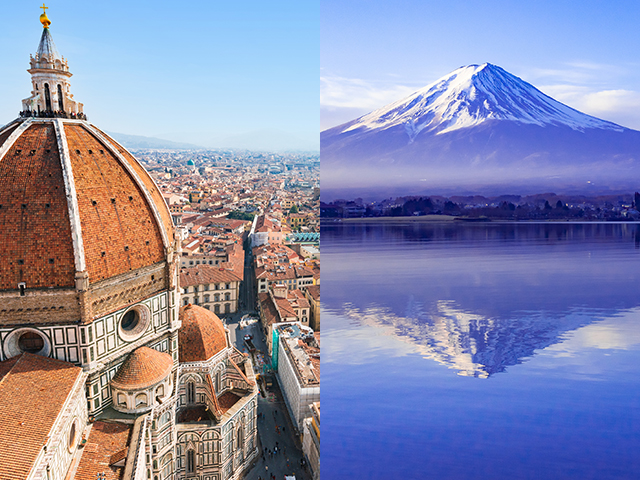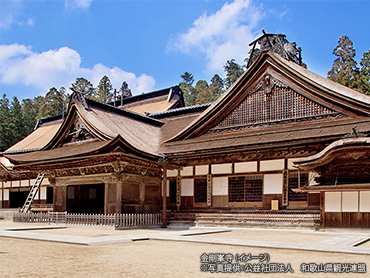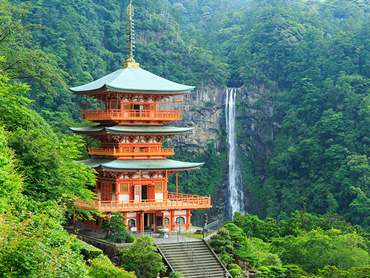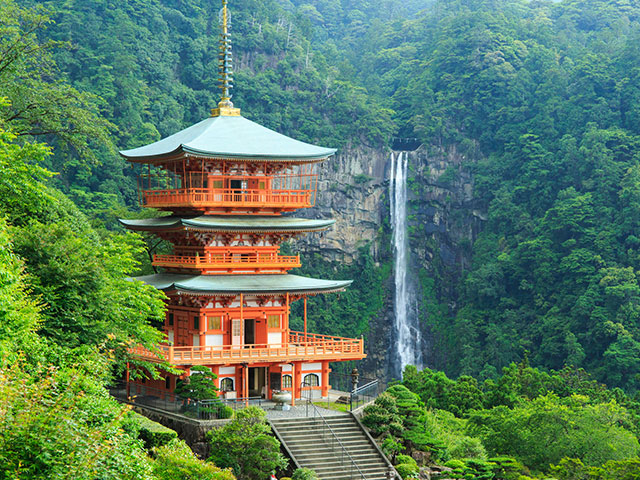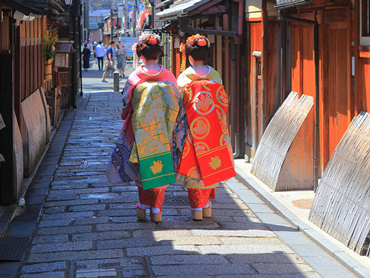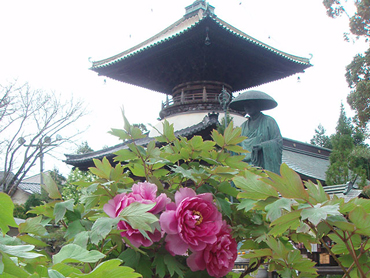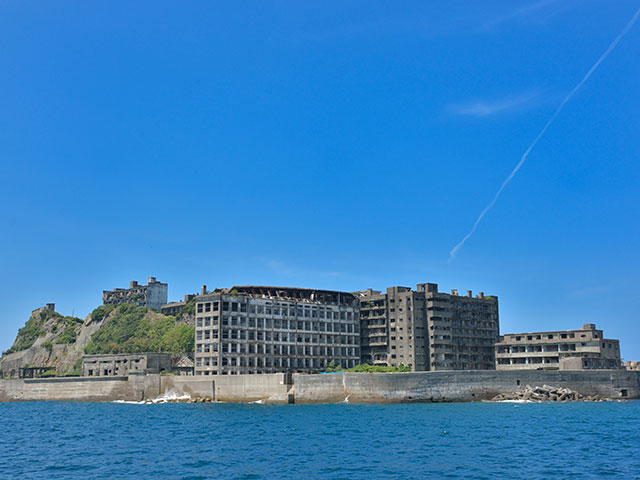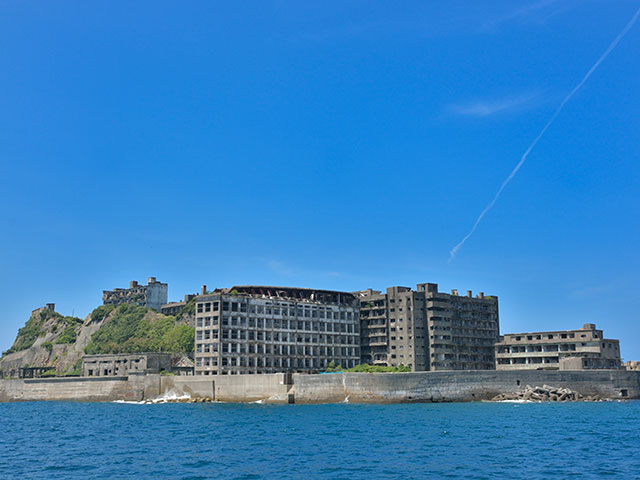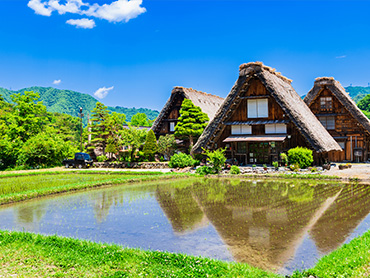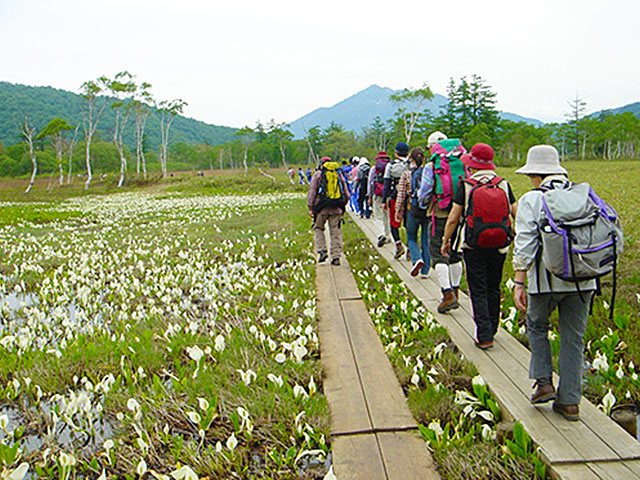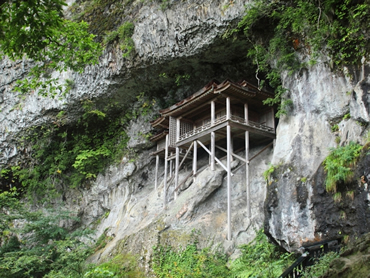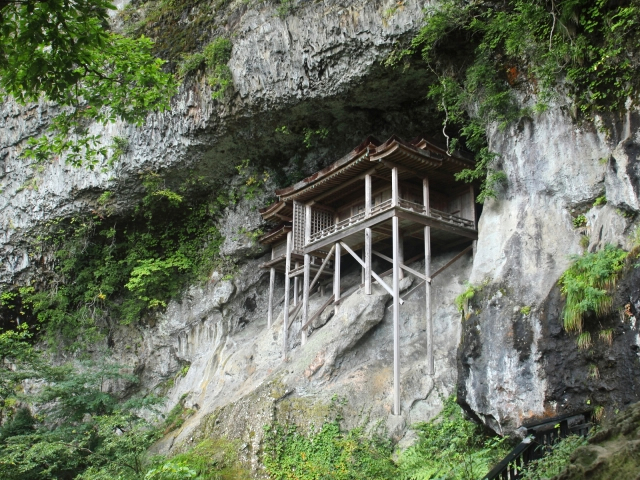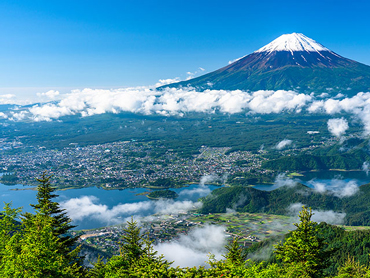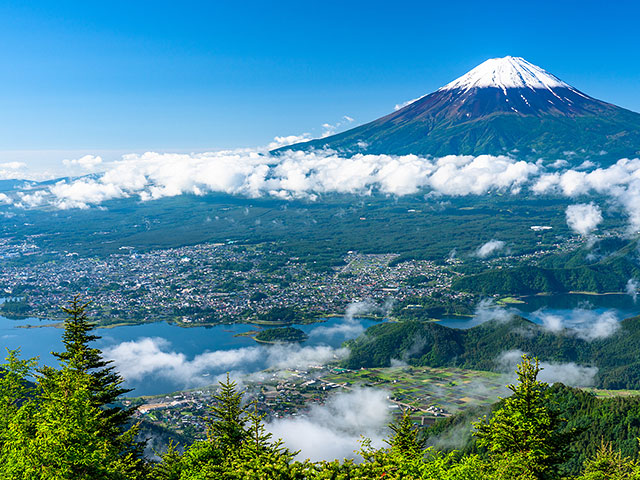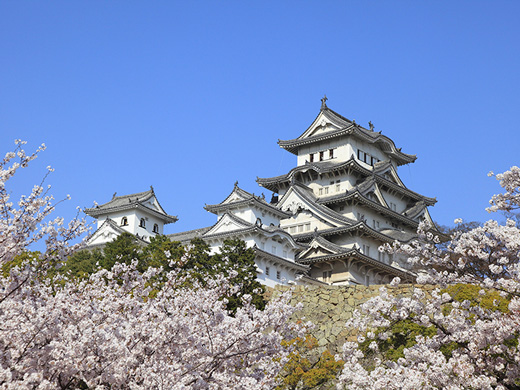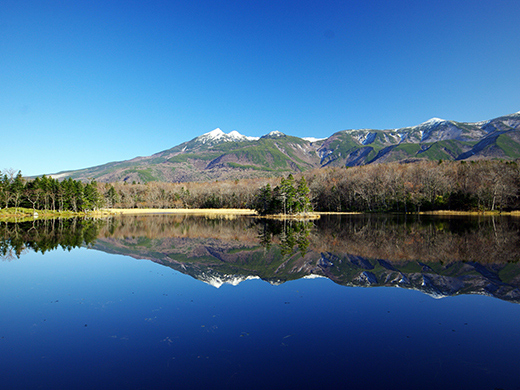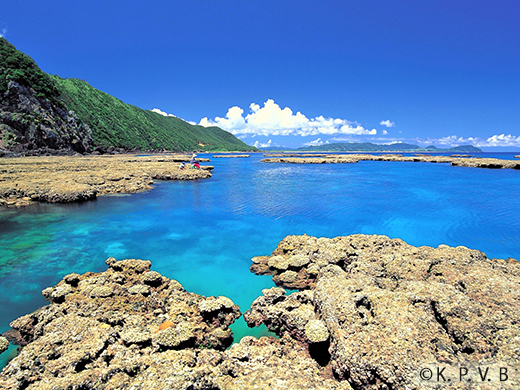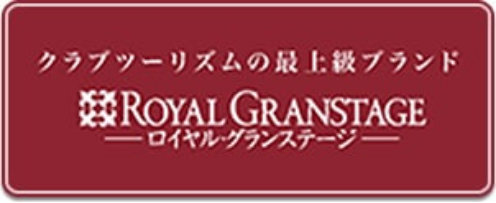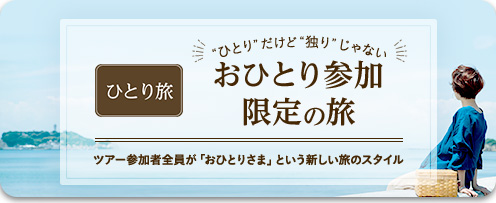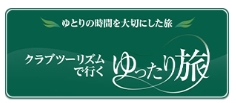Eastern Japan World Heritage Tour/Travel


Club Tourism offers Tour/Travel to see Japan's World Heritage sites! We introduce world heritage sites such as Shiretoko, Shirakami Sanchi Mountain Range, Sado Island, and Yakushima, as well as recommended tours. Tour search and booking are also easy.
A trip to Japan's World Heritage sites: Eastern Japan
-
Shiretoko
-
Jomon ruins in Hokkaido and northern Tohoku
-
Shirakami Sanchi Mountain Range
-
Hiraizumi- Architecture, gardens and archaeological sites representing the Buddhist Pure Land
-
Gold Mine of Sado Island
-
Tomioka Silk Mill
-
National Museum of Western Art
-
Shrines and Temples of Nikko
-
Mt. Fuji
-
Ogasawara Islands
-
Shirakawa-go and Gokayama-style Villages
Shiretoko

(イメージ)
2005年7月「世界自然遺産」登録
北海道斜里町
北海道の東端にあるオホーツク海に面した知床半島、およびその沿岸海域が登録の対象となっています。
流氷により大量のプランクトンや、サケなどの豊富な魚介類が生息し、サケは秋に知床の河川を遡上し、ヒグマやオジロワシなどに捕食(ほしょく)されます。これらの動物の排泄物および死骸は、植物の栄養素として陸地に還元されています。
このような、海と陸との食物連鎖を見ることのできる貴重な自然環境が残る点が国際自然保護連合に評価され、2005年に世界自然遺産に登録されました。
Find a tour to this World Heritage Site
*Only displayed if a tour is available.
*It may be displayed even if it is not included in the destination.
Jomon ruins in Hokkaido and northern Tohoku

(イメージ)
2021年7月「世界文化遺産」登録
北海道・北東北
日本最大級の縄文集落跡「三内丸山遺跡」など、北海道、青森県、岩手県、秋田県に残る17の遺跡群。農耕以前における人類の生活のあり方と精緻で複雑な精神文化を顕著に示すものとして、2021年世界文化遺産に登録されています。
Find a tour to this World Heritage Site
*Only displayed if a tour is available.
*It may be displayed even if it is not included in the destination.
Shirakami Sanchi Mountain Range

(イメージ)
1993年12月「世界自然遺産」登録
青森県の南西部から秋田県北西部
青森県の南西部から秋田県北西部にかけて広がる山地で、人の手が加えられていないブナの原生林からなる地域です。
世界遺産地域は、中央部の核心地域と、周辺の緩衝地域に分かれ、これらの地域は世界遺産登録時より開発を行わず、現状のまま保護されることになっています。
これらの地域には遺産登録以前からあった登山道以外には道はなく、今後も恒久的に整備されない予定です。
Find a tour to this World Heritage Site
*Only displayed if a tour is available.
*It may be displayed even if it is not included in the destination.
Hiraizumi- Architecture, gardens and archaeological sites representing the Buddhist Pure Land

画像提供 中尊寺(イメージ)
2011年6月「世界文化遺産」登録
岩手県平泉町
平安末期の100年間に、都の文化を受け入れながら独自に発展させた仏教寺院・浄土庭園などの華麗な黄金文化の遺産群が、古代から中世への過渡期の地方文化として、すばらしい事例であると評価されました。
文化遺産としては、東北で初の登録となります。
Find a tour to this World Heritage Site
*Only displayed if a tour is available.
*It may be displayed even if it is not included in the destination.
Gold Mine of Sado Island

(イメージ)
2024年7月「世界文化遺産」登録
新潟県佐渡市
伝統的手工業による生産技術とそれに適した生産体制を深化させ、鉱山の特性に応じて採掘した金生産システムを示す遺構として世界文化遺産に登録されました。
Find a tour to this World Heritage Site
*Only displayed if a tour is available.
*It may be displayed even if it is not included in the destination.
Tomioka Silk Mill and Silk Industry Heritage Sites
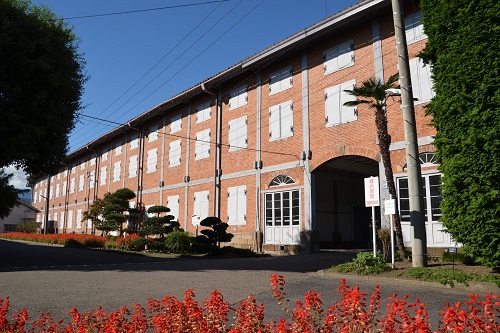
画像提供 富岡市
2014年6月「世界文化遺産」登録
群馬県富岡市
富岡製糸場は明治政府の依頼でフランス人ブリュナが指導し、明治5年(1872年)に建設されました。
木骨と赤レンガ造りの建造物群は現在もほとんど当時のままの姿で保存されており、日本産業の近代化に貢献した発祥の地として重要な意味を持つ建築物です。
また、絹産業の技術革新と伝播などにも大きく貢献した工場であり、敷地全体が国指定の史跡、初期の建造物群が重要文化財に指定されています。
富岡製糸場を通じて養蚕技術が海外に広まり、絹産業の発展に貢献したことや、19世紀後半に建てられた工場の主要施設が、ほぼ完全なかたちで、創業当時のまま保存状態良く残っていることが評価され、2014年に文化遺産に登録されました。
Find a tour to this World Heritage Site
*Only displayed if a tour is available.
*It may be displayed even if it is not included in the destination.
Le Corbusier's Architectural Works - Outstanding Contributions to the Modern Movement
Registered as a World Cultural Site Jul. 2016
The site consists of 17 assets in seven countries around the world. One of them is the National Museum of Western Art Tokyo. There are three museums in the world that have realized the idea of an "infinitely growing museum" that Le Corbusier had pursued for many years, and the National Museum of Western Art in Ueno is one of them.
Other are the Sanskar Kendra Museum (1957) and the Chandigarh Museum (1965) in India.
The National Museum of Western Art is regarded as the most complete of these museums.
Find a tour to this World Heritage Site
*Only displayed if a tour is available.
*It may be displayed even if it is not included in the destination.
Shrines and Temples of Nikko

日光東照宮 陽明門(イメージ)
1999年12月「世界文化遺産」登録
栃木県日光市
日光の社寺は、自然環境と建造物群が一体となった宗教空間が古来の神道思想を顕著にあらわしていること、江戸時代初期から中期に建てられた建築物群は高い芸術的価値を有していることなどが評価され、1999年、文化遺産に登録されました。
登録地域は、登録資産50.8ヘクタールと、その周辺の緩衝地帯を加えた424ヘクタールになります。
Find a tour to this World Heritage Site
*Only displayed if a tour is available.
*It may be displayed even if it is not included in the destination.
Mount Fuji - an object of worship and a source of artistic inspiration

(イメージ)
2013年6月「世界文化遺産」登録
富士山信仰で聖域とされる標高1500m以上の山域やふもとの浅間神社、白糸ノ滝(しらいとのたき)、富士五湖など
富士山は、古より霊峰富士として聞こえ、富士山信仰が伝えられるとともに、遠方より望む秀麗な姿が多くの芸術作品の主題となるなど、豊かな自然や美しい景観の中で文化を育み、日本人の信仰や美意識などと深く関連してきました。そうした「信仰の対象」と「芸術の源泉」として富士山の文化的景観が「世界文化遺産に登録すべき」と評価され、登録されました。
Find a tour to this World Heritage Site
*Only displayed if a tour is available.
*It may be displayed even if it is not included in the destination.
Ogasawara Islands

(イメージ)
2011年6月「世界自然遺産」登録
東京都小笠原村
東京の南方海上約1000kmの太平洋上に南北約400kmにわたって散在する30余の島々からなる小笠原諸島。
昨年7月の小笠原諸島の評価結果では、小笠原諸島の生物進化の過程に関する顕著な普遍的価値を認め、今年5月7日に、世界遺産一覧表への記載が適当であるとの勧告を受け6月に世界自然遺産に登録されました。
Find a tour to this World Heritage Site
*Only displayed if a tour is available.
*It may be displayed even if it is not included in the destination.
Shirakawa-go and Gokayama-style Villages

(イメージ)
1995年12月「世界文化遺産」登録
岐阜県大野郡・富山県南砺市
合掌造りは、江戸時代から始められた養蚕(ようさん)のため、屋根裏に棚を設置した事が始まりと言われています。豪雪による雪下ろしの作業軽減と屋根裏の床面積拡大のため、急な角度を持っている茅葺屋根になったと考えられています。世界遺産に登録されているのは白川郷の「荻町」と、五箇山の「相倉」、「菅沼」の三つの集落になります。
Find a tour to this World Heritage Site
*Only displayed if a tour is available.
*It may be displayed even if it is not included in the destination.
World Heritage Sites in Western Japan





